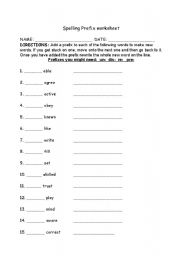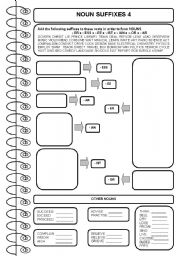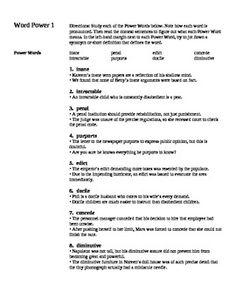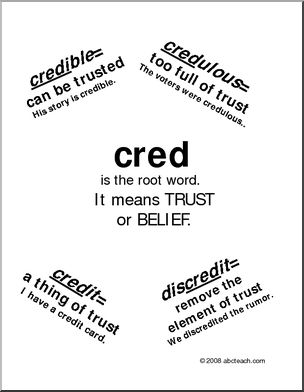Prefix Suffix Worksheet High School
High school students who are looking to enhance their understanding of prefixes and suffixes will find our Prefix Suffix Worksheet to be an ideal resource. In this worksheet, students will strengthen their knowledge of word structure by identifying and using various prefixes and suffixes in different contexts.
Table of Images 👆
More Other Worksheets
Kindergarten Worksheet My RoomSpanish Verb Worksheets
Cooking Vocabulary Worksheet
DNA Code Worksheet
Meiosis Worksheet Answer Key
Art Handouts and Worksheets
7 Elements of Art Worksheets
All Amendment Worksheet
Symmetry Art Worksheets
Daily Meal Planning Worksheet
What is a prefix?
A prefix is a type of affix, a group of letters attached to the beginning of a word to modify its meaning. It can change the word's meaning or create a new word with a different semantic relationship to the base word. An example of a prefix is "un-" in "unhappy," where it changes the meaning of "happy" to indicate the opposite.
What is a suffix?
A suffix is a meaningful unit of letters that is attached to the end of a word to form a new word or to alter the grammatical function of the original word in a sentence.
How do prefixes change the meaning of a word?
Prefixes change the meaning of a word by being added to the beginning of a base word, altering its definition or creating a new word altogether. They can modify the tense, quantity, or direction of the word, making it more specific or emphasizing a different aspect of the original word. Additionally, prefixes can also indicate negation, creating an opposite meaning to the base word.
How do suffixes change the grammatical function of a word?
Suffixes are attached to the end of a base word, altering its meaning or grammatical function. For example, adding the suffix "-ness" to the adjective "kind" creates the noun "kindness," changing the word from describing a characteristic (kind) to a quality (kindness). In this way, suffixes can transform the part of speech of a word, such as turning a verb into a noun or an adjective into an adverb, thereby expanding the grammatical possibilities and nuances of language.
Give an example of a word with a prefix and explain its meaning.
The word "dislike" is an example of a word with a prefix. The prefix "dis-" is added to the word "like" to create a new word with the opposite meaning. In this case, "dislike" means to have a feeling of not liking or having an aversion towards something.
Give an example of a word with a suffix and explain its grammatical function.
One example of a word with a suffix is "happily." In this word, the suffix "-ly" is added to the root word "happy" to form an adverb. Adverbs modify verbs, adjectives, and other adverbs, providing further information about time, manner, place, frequency, or degree in a sentence. In this case, the suffix "-ly" changes the adjective "happy" to the adverb "happily," indicating how the action or state is being carried out.
Can a word have both a prefix and a suffix? Give an example.
Yes, a word can have both a prefix and a suffix. An example of this is the word "unhappiness," where "un-" is a prefix and "-ness" is a suffix.
How can understanding prefixes and suffixes help in understanding unfamiliar words?
Understanding prefixes and suffixes can help in understanding unfamiliar words by breaking them down into smaller parts that have specific meanings. When you know the meanings of common prefixes and suffixes, you can use this knowledge to infer the meaning of an unfamiliar word by piecing together the meanings of its individual components. This can make it easier to decode the word and determine its overall meaning without having seen it before.
What are some common prefixes and what do they indicate?
Some common prefixes include "un-" (not), "re-" (again), "dis-" (opposite or apart), and "pre-" (before). These prefixes are added to the beginning of words to change their meaning or indicate the opposite, repetition, negation, or time sequence of the base word.
What are some common suffixes and what do they indicate?
Common suffixes include -ed (past tense), -ing (present participle), -ly (adverb), -able (capable of), -less (without), -ful (full of), -ment (result or action), -ion (action or condition), -ness (state of being). These suffixes indicate various grammatical functions or meanings in words.
Have something to share?
Who is Worksheeto?
At Worksheeto, we are committed to delivering an extensive and varied portfolio of superior quality worksheets, designed to address the educational demands of students, educators, and parents.




































Comments